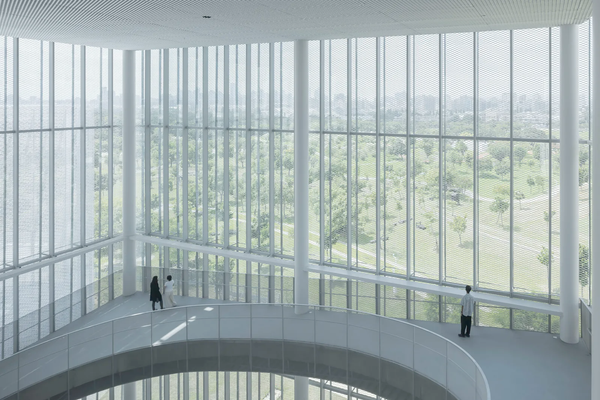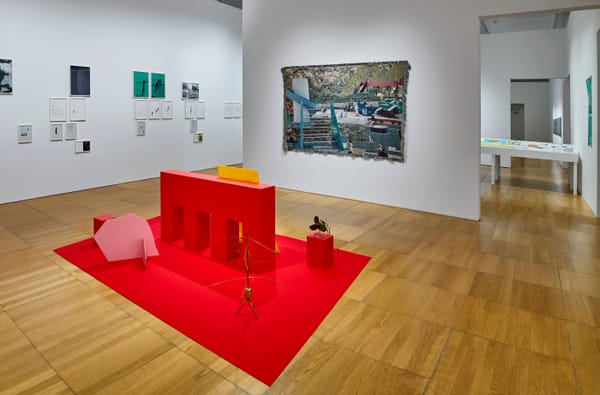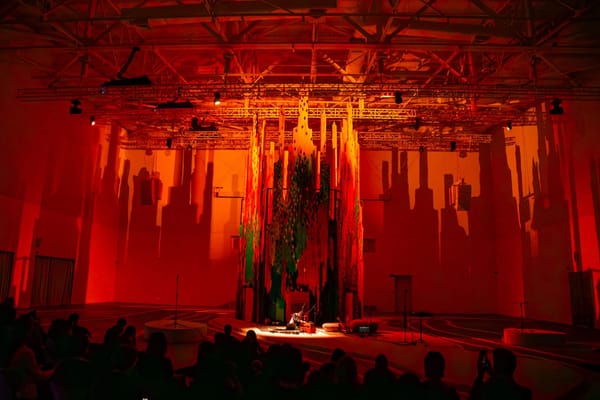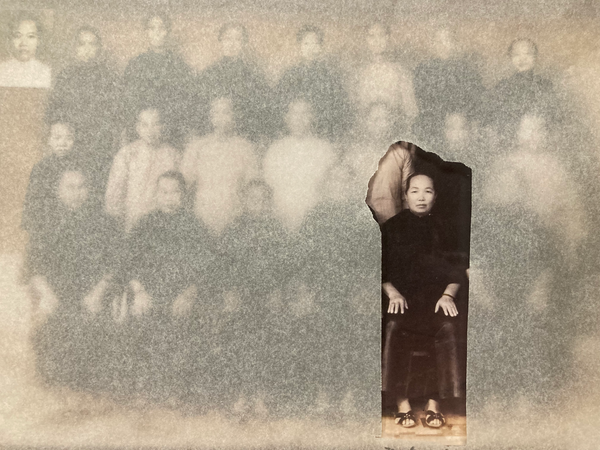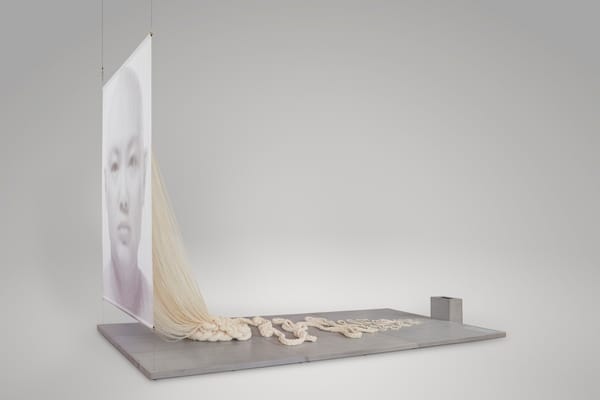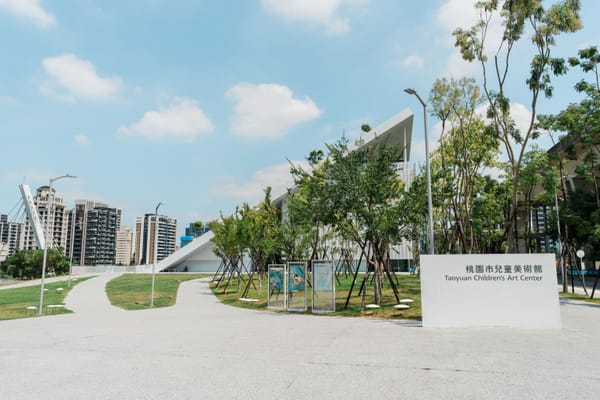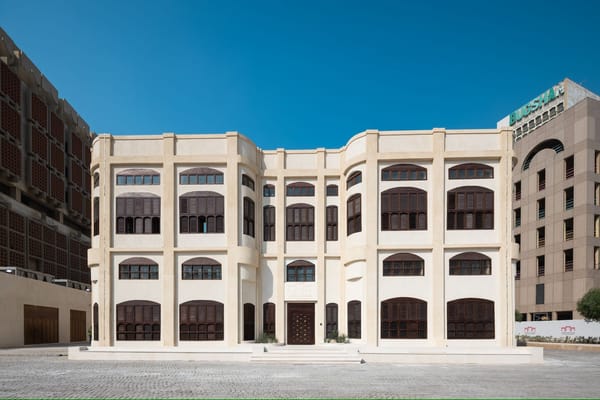Shows
Jason Phu and John Young Zerunge’s “The Burrangong Affray”
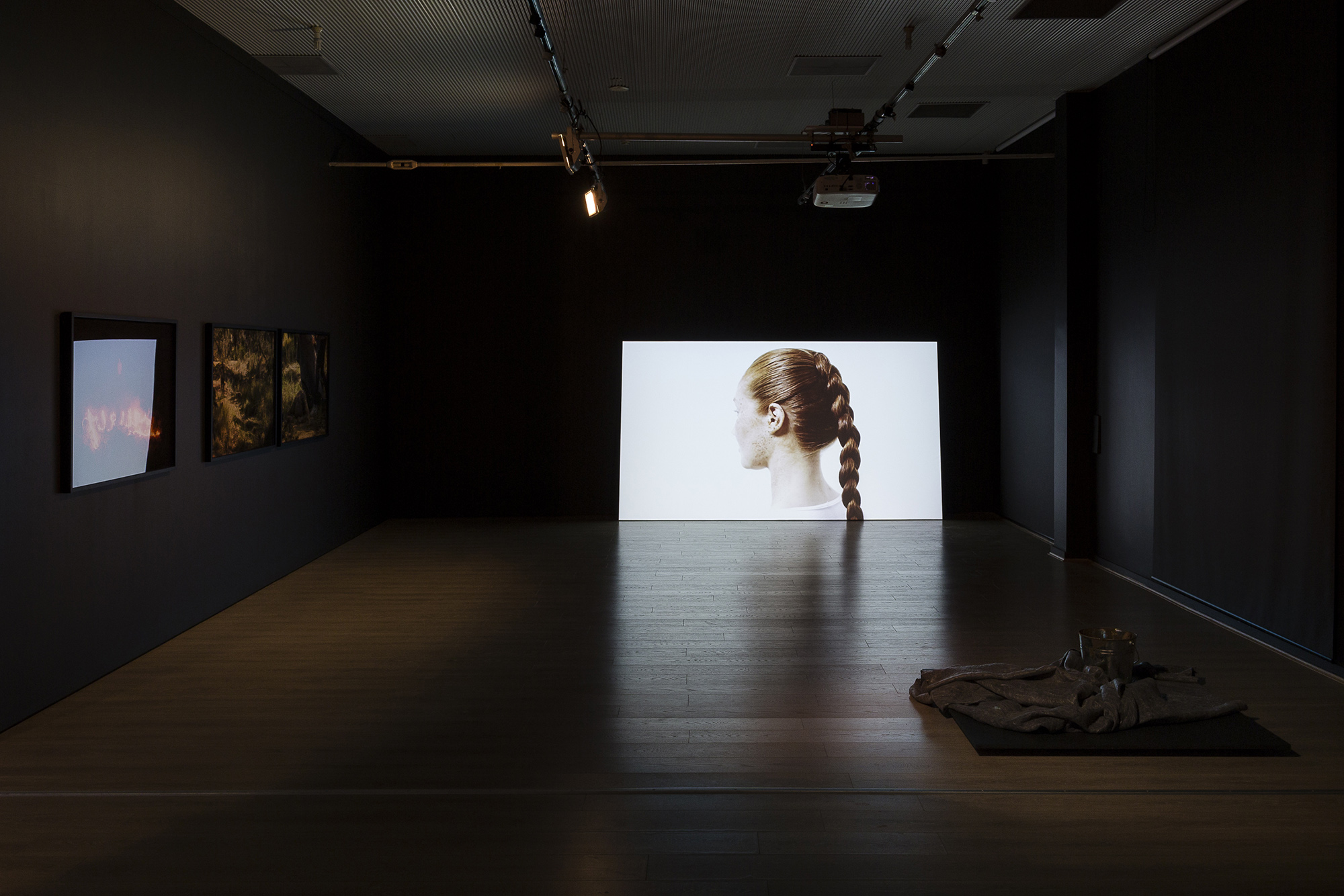

“Did you know? During the Qing Dynasty the Manchu enforced the Queue order and the Han were forced to wear pig tails here in China and even on top of a golden mountain[.]”
A series of such inscriptions were sprawled along the walls of the 4A Centre for Contemporary Asian Art’s ground-floor gallery, revealing pithy factoids and anecdotes drawn from historical records and personal accounts of Chinese-Australians. The texts fostered an air of remembering narratives that deviate from those found in history textbooks—a sense that pervaded “The Burrangong Affray.”
Two Chinese-Australian artists, Jason Phu and John Young Zerunge, created a four-part exhibition project—of which this 4A exhibition is the second iteration—in response to their journey to the goldfields of Burrangong, in New South Wales (an area near a town now known as Young). In 1861, this site was witness to one of the most notorious series of racially motivated riots in Australian history, in which organized North American, European and white Australian mobs robbed and attacked Chinese miners, and destroyed their campsites over ten months.
Curated by Micheal Do and Mikala Tai, with research assistance by historian Dr. Karen Schamberger, “The Burrangong Affray” project seeks to address the forgotten horrors faced by Chinese migrant gold miners and explore the repercussions it has had on present-day Chinese-Australians. In particular, it examines how the discriminatory policies regulating Chinese immigration—passed by the New South Wales government in the immediate aftermath of the Burrangong incident, marking the beginning of the White Australia Policy—have perpetuated a cycle of cultural misunderstandings about Chinese-Australians that still persist today.
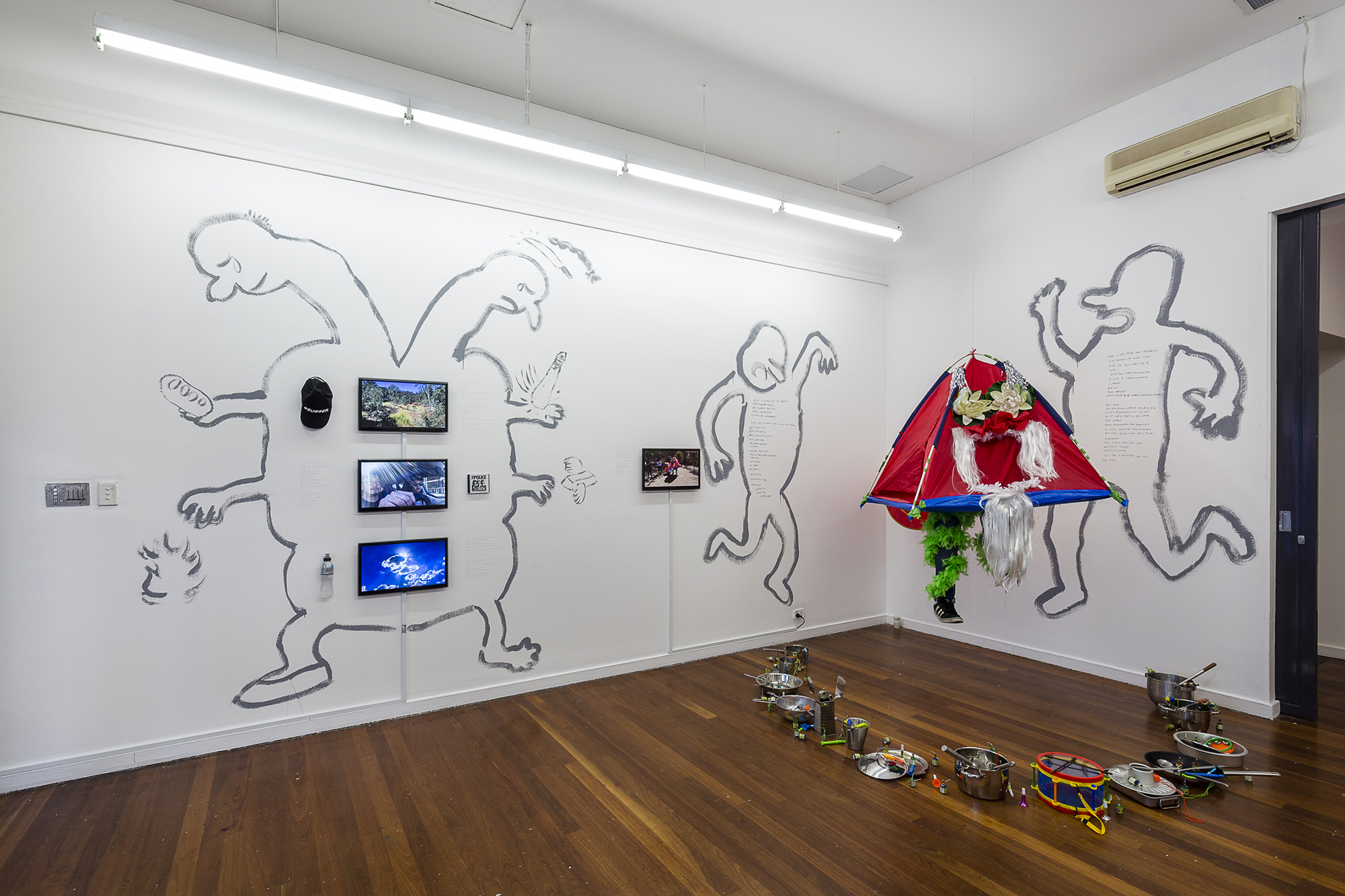
On the ground floor, Phu’s performance and multimedia installation, In the Morning I Wake the Rooster. In the Afternoon I Drive Across the Mountains & Waters. At Night I Cut All My Ties (all works 2018), reflects upon his journey to Burrangong. The audience is first confronted by a display of noise-making utensils that surround a large, playful, tent-like costume made in the image of Chinese festival lions. This is accompanied by a video of Phu’s performance, in which, wearing this costume, he performs a ceremonial dance at the Burrangong site to banish bad spirits and welcome good luck, inviting non-Chinese residents of the Young township to join his tribute to the Chinese migrants in a gesture of collective, cross-cultural commemoration. Taking a darker tone, the artist spells out ‘queue’ with a giant rope, and then proceeds to burn it. Referencing the queue hairstyle of the Chinese gold miners, this volatile act symbolizes the violent lynching of these workers, some of whom were allegedly scalped. By performing on the Currawong farm, a place where many Chinese miners sought refuge at the time, Phu attempts to both inhabit this collective trauma and enable a sense of cathartic release through a direct engagement with the site itself. The artist inserts his own contemporary narrative as an Australian-Chinese by pencilling the walls surrounding the video screen with short anecdotes alluding to the racial tensions that still exist in Australia today; one section notes: “mostly people don’t care and just want to punch you in the face.”
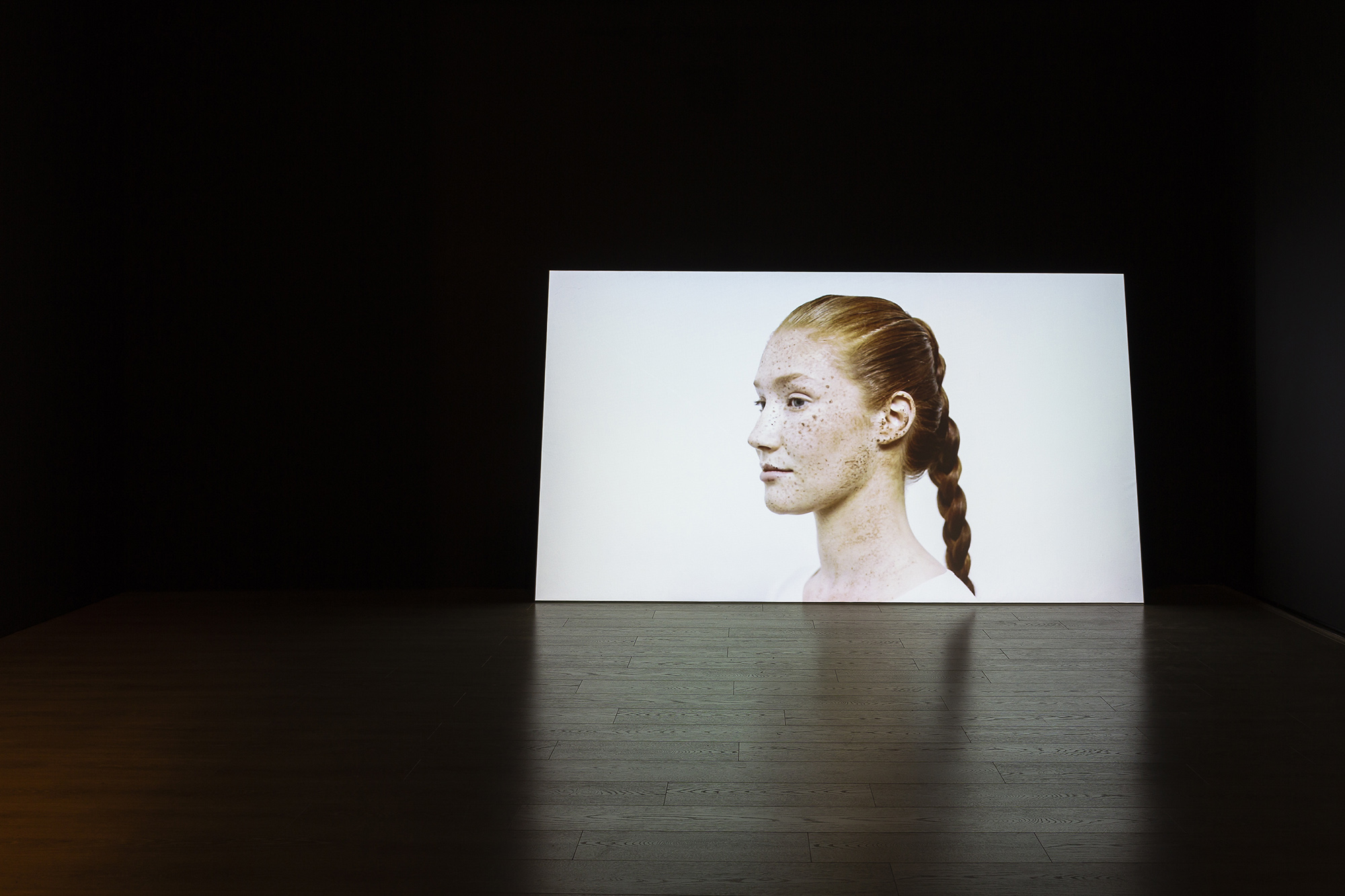

Continuing this dialogue on the first floor of the gallery, Young Zerunge’s The Field (2018) similarly de-literalizes the historical situation by adding a contemporary flair. Displayed on a large screen, the recurring motif of the queue hairstyle also appears in the looped video work, in which a young, white, red-headed girl has her braid tugged on by a masculine hand of an unseen figure outside of the frame. Reminiscent of playground bullying, the hair-pulling is a corollary of the unjust cruelty of the mobs at Burrangong. The disconcerting replacement of a Chinese victim with a white one creates an unsettling display of role reversal that points to society’s unequal responses to violence against certain groups compared to others.
“The Burrangong Affray” is an act of giving back to the Chinese migrants who suffered during the riots, underscoring the importance of remembering those who have been unjustly forgotten. There is no sensational narrative in order to gain the sympathy of contemporary audiences; instead, the artists tell their stories with a sense of empathy that speaks to their own personal experiences as Chinese Australians.
Jason Phu and John Young Zerunge’s “The Burrangong Affray” is on view at the 4A Centre for Contemporary Asian Art, Sydney, until August 12, 2018.
